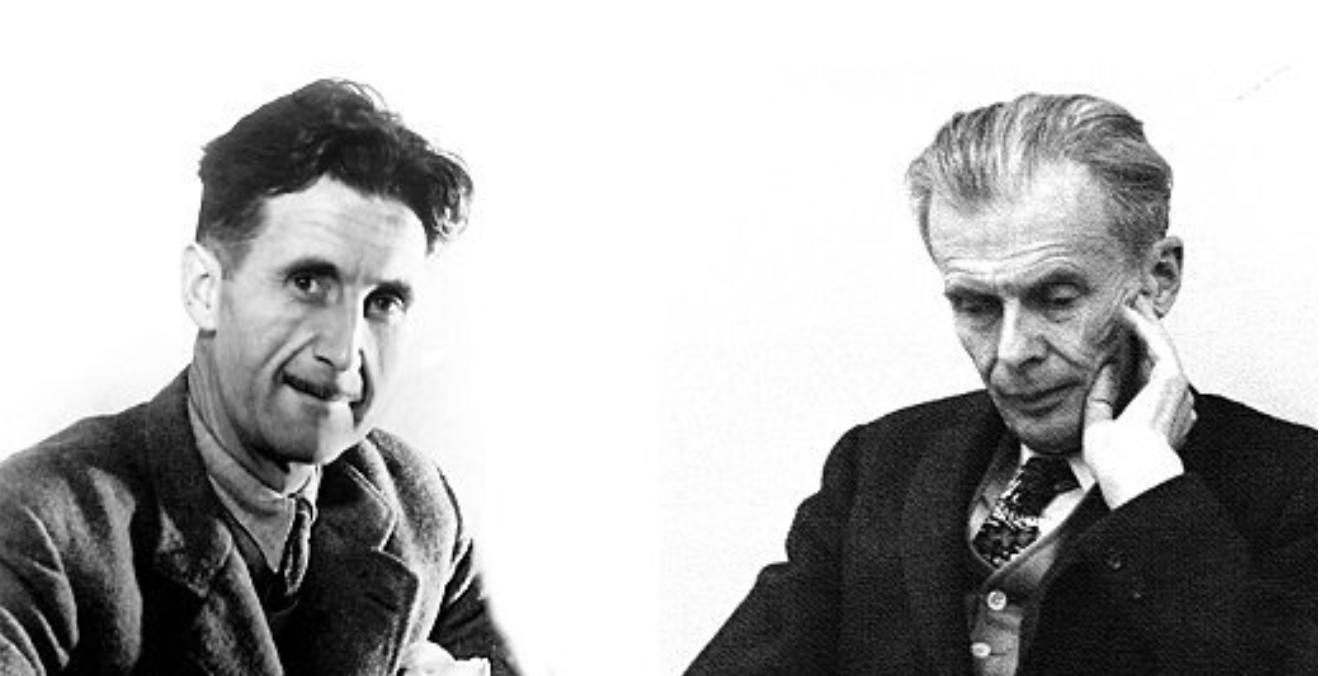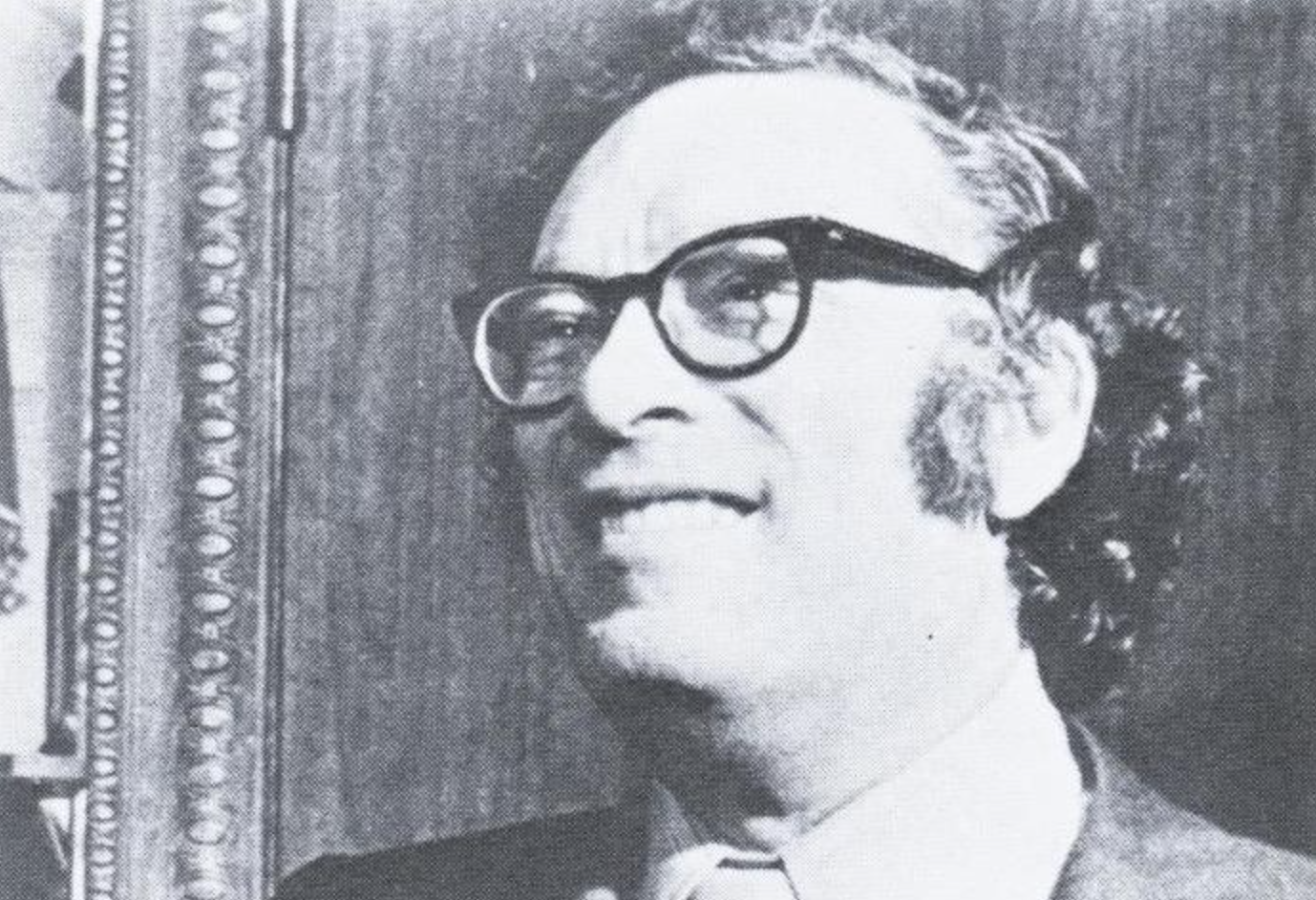In 1980, Newsweek published a cantankerous and sadly on-the-nose diagnosis of the United States’ “cult of ignorance” — written by one Isaac Asimov, “professor of biochemistry at Boston University School of Medicine” and “author of 212 books, most of them on various scientific subjects for the general public.” Given this intimidating biography, and the fact that Asimov believed that “hardly anyone can read” in the U.S., we might expect the science fiction legend wanted nothing to do with television. We would be wrong.
Asimov seemed to love TV. In 1987, for example, the four-time Hugo winner wrote a humorously critical takedown of ALF for TV Guide. And he was a consummate TV entertainer, making his first major TV appearance on Johnny Carson’s Tonight Show in 1968, appearing four times on The Mike Douglas Show in the next few years, and giving his final television interviews to Dick Cavett in a two-part series in 1989. The same year he wrote about America’s cult of ignorance, he appeared on The David Letterman show to crack wise with the biggest wiseass on TV. Asimov held his own and then some.
“Asimov, sixty in this video, proves himself a natural comedian,” writes the Melville House blog; “Letterman, thirty-three, can barely keep up.” Surely Asimov’s banter had nothing to do with The David Letterman Show’s cancellation three days later. (Letterman was back on the air for eleven seasons two years later.) Their interview ranges widely from pop culture (Asimov confesses his appreciation for both Star Wars and The Empire Strikes Back) to “the future of medicine, space exploration, hope for mankind, and much more,” Vic Sage writes at Pop Culture Retrorama.
Asimov’s dry delivery — honed during his English-and-Yiddish-speaking Brooklyn childhood — is delightful. But the writer, teacher, and scientist hasn’t only come on TV to crack jokes, promote a book, and flaunt his muttonchops. He wants to educate his fellow Americans about the state of the future. (His Newsweek bio was outdated. As Letterman says, his appearance marked the publication of his 221st book.) Like Hari Seldon, the hero of his 1951 novel Foundation, Asimov felt confident in his ability to predict the course of human progress (or regress, as the case may be).
He also felt confident answering questions about what to do with outer space, and where to “put more men,” as Letterman says. His recommendation to build “factories” may strike us as a banal forerunner of Jeff Bezos’ even more banal plans for office parks in space. Asimov boasts of the vision he had of “pocket computers” in 1950 — hardly a reality in 1980. Dave complains about how complicated computers are, and Asimov accurately predicts that as technology catches up, they will get simpler to use. “But these are little things,” he says. “I never tried to predict. I just tried to write stories to pay my way through college.” He must have paid it several times over, and he seemed to get more right than he got wrong. See more of Asimov’s predictions in the links below.
Note: An earlier version of this post appeared on our site in 2021.
Related Content:
Isaac Asimov Laments the “Cult of Ignorance” in the United States (1980)
Josh Jones is a writer and musician based in Durham, NC.



